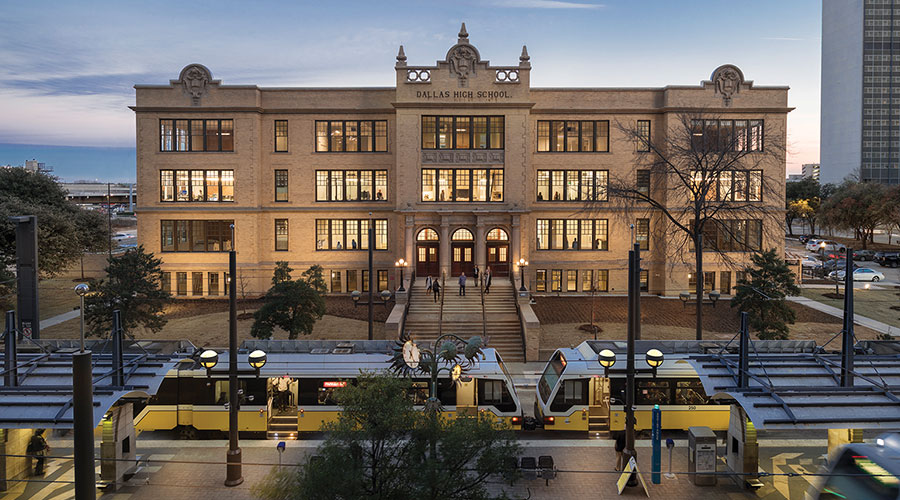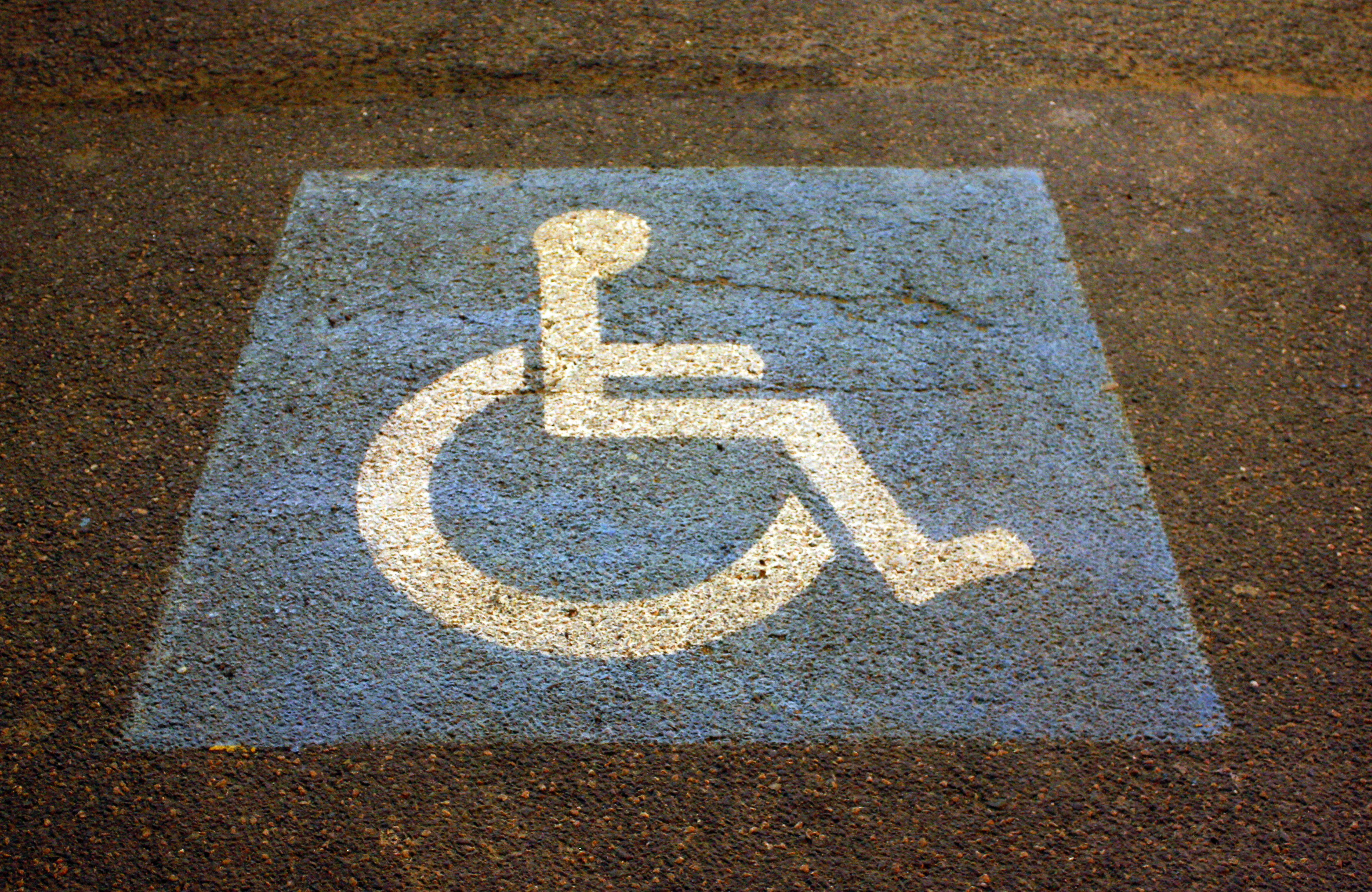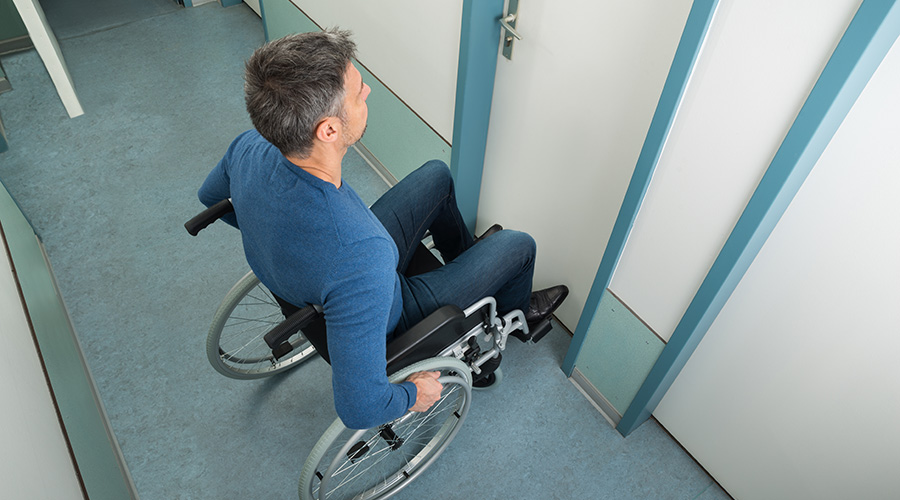Understanding The ABCs of ADA
A key step in complying with the Americans with Disabilities Act is learning how to speak the language
Many professional groups have their own lexicon of acronyms — those technical or specialized terms that often cause nonspecialists to nod and feign recognition and understanding when the terms come up in conversation. But if asked to give the full name of the acronym or to provide a rough definition, many listeners would be lost. Disability laws — and related policies, procedures, terminology, requirements and technical specifications — fit right into this category. Every facility executive knows that ADA is Americans with Disabilities Act, the civil rights law signed into law by former President George Bush in 1990; some know that the law provides protection to the single largest and fastest-growing minority group in this country. But many other terms are less well understood. Here’s a mini dictionary to help navigate the territory.
ADAAG — Americans with Disabilities Act Accessibility Guidelines — spells out the technical and scoping requirements of ADA. It is important to understand that ADAAG is not a building code. Because ADA is a civil rights law, there are many aspects of the technical requirements that differ from standard building codes. Here are a few examples:
- Clear opening width: “… provide a minimum of 32 inches clear opening width.” This stipulates a minimum, not an absolute, and the measurement is not the door frame, but the amount of space available to pass through when the door is open 90 degrees.
- Marked parking space with a marked access aisle: “… provide a marked parking space with a minimum 60- or 96-inch-wide access aisle.” This stipulates that a reserved accessible parking space must also have a marked access aisle adjacent to the space, which is not to be included within the parking space itself. The wider of the two requirements is for van-accessible parking spots. The narrower of the two is for cars. This access aisle allows for sufficient space between parked vehicles so that a ramp or lift can be deployed.
- Signage: “…provide signage that cannot be obstructed by a parked vehicle.” This requirement means that painted signs on the ground are insufficient. They cannot be seen under a parked vehicle, in the snow or at night. A vertical sign is necessary.
Alterations — any change made to a facility that affects the function of the element or space. As alterations are designed and constructed, they must meet the new construction requirements of ADAAG.
Barrier-free — often used to describe an area that has no barriers to individuals with physical or sensory disabilities.
Complaint-driven Law — ADA is enforced by private citizens who either file a complaint with the appropriate federal agency responsible for enforcement or file a lawsuit in federal court.
Disability — a mental or physical impairment that limits major life activities. People with disabilities include someone using a walker, someone who has a visual disability and someone with a hidden illness such as diabetes, emphysema or heart disease.
DOJ — Department of Justice — the federal agency responsible for the enforcement of Title II (State and Local Governments/Public Services) and Title III (Public Accommodations/Privately Owned) of ADA.
EEOC — Equal Employment Opportunity Commission — the federal agency responsible for the enforcement of Title I (Employment) of ADA.
FHA — Fair Housing Act — federal legislation that covers residential and multi-family dwellings, regardless of whether they are publicly or privately funded or owned.
Good Faith Effort — what building owners, facility executives and all businesses were required to begin making on Jan. 26, 1992. A good faith effort means taking steps to identify and remove barriers in a facility. It’s not too late to start, unless of course a facility has already had a complaint filed against it.
Grandfathering — ADA has no provisions for grandfathering. All buildings, whether new or in existence prior to ADA, are required to perform readily achievable barrier removal.
Maximum, Minimum — used as terms for placement of items such as dispensers, mirrors or receptacles.
New Construction — must meet the new construction requirements of ADAAG.
Readily Achievable — the definition of readily achievable is intentionally vague, as it is viewed on a case-by-case basis, with consideration to structural ability and financial resources. What may not have been affordable in 1992 may well be doable in 2004.
Rehab Act — The Rehabilitation Act of 1973 — the federal anti-discrimination law that covers governmental entities that receive federal funding (public schools, municipalities, plus any private company that had federal contracts in excess of $50,000 a year).
Relay Number — each state has a relay number that individuals with hearing or speech disabilities can use to communicate with anyone with a regular phone. They are often used to make reservations, order merchandise or schedule appointments.
Risk Management — ADA issues have become synonymous with risk management. Grab bars and handrails provide support; smooth sidewalks prevent trips and falls, as do secure carpets and non-skid floor coverings.
Tax Credits and Tax Deductions — available to eligible businesses that identify and remove barriers.
TDD/TTY — Telephone Devices for the Deaf — text telephones that allow individuals with hearing and speech disabilities to communicate with regular voice phones.
UFAS — Uniform Federal Accessibility Standards — predecessor to ADAAG. They were the technical requirements for compliance with the Rehabilitation Act of 1973. Once ADA was signed into law and ADAAG was developed, ADAAG requirements have, for the most part, replaced UFAS standards.
Universal Design — the standard which all construction should achieve because it meets the needs of everyone, from children to senior citizens.
Wheelchair Accessible — should not be confused with “only have a few steps to get in.” Any change from level greater than a 1&Mac218;2 inch requires a ramp or some other means to overcome it.
There’s one more term that’s important to know when it comes to ADA: welcome. That’s the message that goes out to more than 54 million Americans with disabilities and their families when a facility provides a barrier-free environment.
Related Topics:












